Prussian Education System
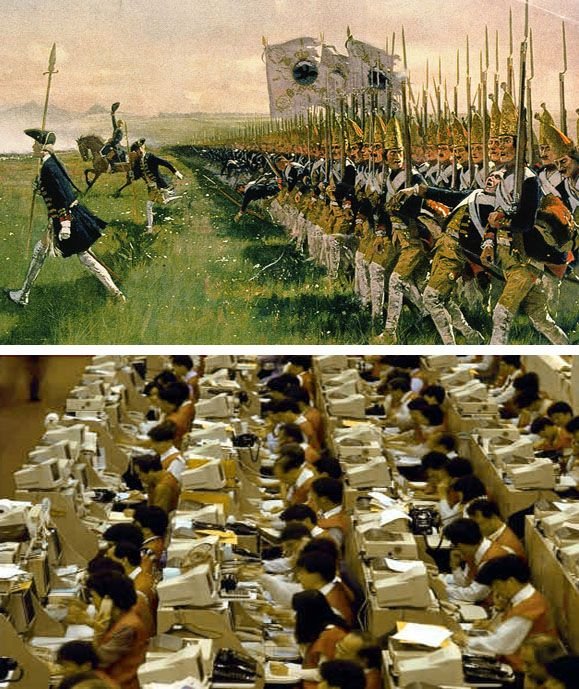
Battle of Jena in 1806
At the battle of Jena in 1806, the amateur soldiers fighting for Napoleon defeated the more advanced Prussian Army and was received as a serious blow that needed to be addressed. It was determined the defeat was due to thinking soldiers trained in the Trivium – the seven liberal arts of logic, grammar, and rhetoric (a necessary research topic for any critical thinker). Prussia then set out to create a more compliant soldier for the state and to ensure its position on the economic world stage.
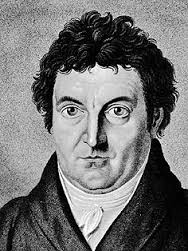
Philosopher Johann G. Fichte
In a famous speech following the battle of Jena, philosopher Johann G. Fichte told Prussia children no longer could be entrusted to their parents, instead, the children would have to be disciplined through a new form of universal conditioning necessary to create a more compliant citizenry (workers and soldiers) for the state and to secure the state’s economic future. The children would be conditioned to believe that work for the state was freedom and dying for the state was the greatest freedom of all. Fichte is quotes saying:
“The school must fashion the person, and fashion him in such a way, that he simply cannot will otherwise than what you wish him to will."
“Education should aim at destroying free will so that after pupils are thus schooled they will be incapable throughout their lives of thinking or acting otherwise than as their school masters would have wished…when this technique has been perfected, every government that has been in-charge of education for more than one generation will be able to control its subjects securely without the need of armies or policemen.”
Fichte’s speech lead to the first successful compulsory education system that was adopted by most governments throughout the world utilizing Edward Bernay’s propaganda techniques (another necessary research topic for any critical thinker).
Horace Mann - Father of the Modern Education System
Horace Mann is credited in bring the Prussian Education model to the US and referred to as the Father of the modern education system. He successfully promoted the concept “the state is the Father of the children,” in that every child should be schooled by the state. In 1846, Horace’s 10th annual report lead to the first state law that required mandatory schooling for children. It would be another 50 years before it was implemented throughout the United States. There were incidences where the National Guard was called to force compliance. As, parents adamantly opposed the government’s forced schooling efforts. Prior to compulsory education, most children were successfully educated at home and the US had a literate populace of self-determined people.
By the 1850’s, before compulsory education the national literacy rate was 90%, higher than today’s rate of just 86%. And, this doesn’t account for the current 29% of US citizens with only basic reading skills, or reading below a 5th grade level. Again, in 1850, the literacy rate in Massachusetts alone was an astonishing 97%. The systematic deterioration efforts between an educated public and a schooled populace is best summed up by former President Woodrow Wilson.
President Woodrow Wilson in 1909, while still President of Princeton stated:
“We want one class of persons to have a liberal education, and we want another class of persons, a very much larger class of necessity in every society, to forgo the privilege of a liberal education and fit themselves to perform specific difficult manual tasks.”
So, what exactly is the Prussian Education Model and what does it teach our children. The Prussian School model promised governments National Centralization as followed:
Prussian School Model
- Obedient soldiers for the Army
- Obedient workers for mines, factories and farms
- Well-subordinate civil servants trained in their function
- Well-subordinated clerks for industry
- Citizens who thought alike on most issues
- National uniformity in thought, word, and deed
The Prussian Education System is a three-tier system, one private and two government. The model is implemented as followed:
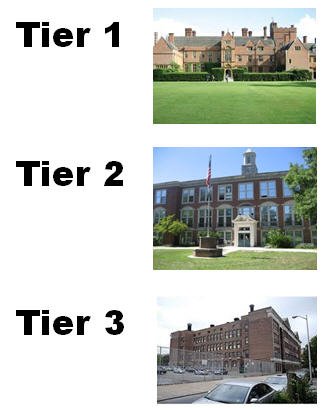
- Top Tier – Akadamiensschulen (For the Masters or policy makers) reserved for ½ of the top 1% of the population- trained in the Trivium. These are the policy makers, mastering task of command.
- Middle Tier – Realsschulen (The Managers) 5% to 7.5% of the population. Learned how to manage materials, men, and situation. How to be problem solvers.
- Bottom Tier – Volksschulen (For the Scientifically managed, or, the peoples school a.k.a. Stiffs) 92% to 94% of the population. Learning obedience, cooperation, and correct attitude. Along with official state myths of history.
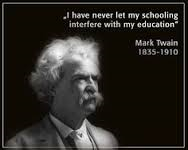
Mark Twain
The individual self-determined attributes of critical, creative, and autonomous thinking that drove America to become the world’s leading industrial economic power by the early 1900’s was a threat and systematically removed through compulsory education. A literate populace that had an intimate knowledge of history was seen as a threat to the governing body. In short, the modern education system was not designed for the good of advancing the individual, but for the good of the government. To ensure a compliant mass ready to defend the state regardless of the moral implications. It offered the government the ability to control
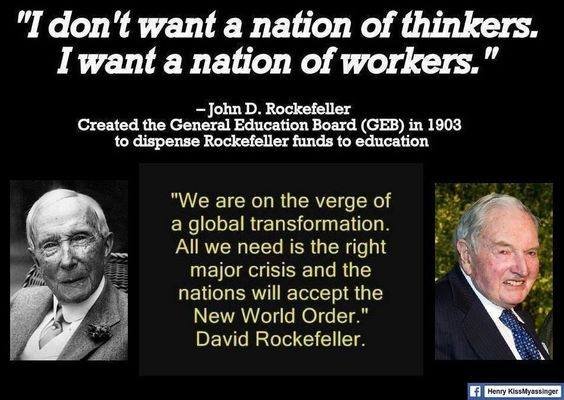
Rockefellers - Largest Private Public Education Financier in U.S.
its populace through social engineering and use them for its own means. The United States Government not only adopted the German Prussian education system to effectively manage its population through controlled thought, but would go on to adopt the Central Banking System (Federal Reserve) modeled after the German Reich Bank. But, that’s another story…
by Rickey Huggins
TruthNet
